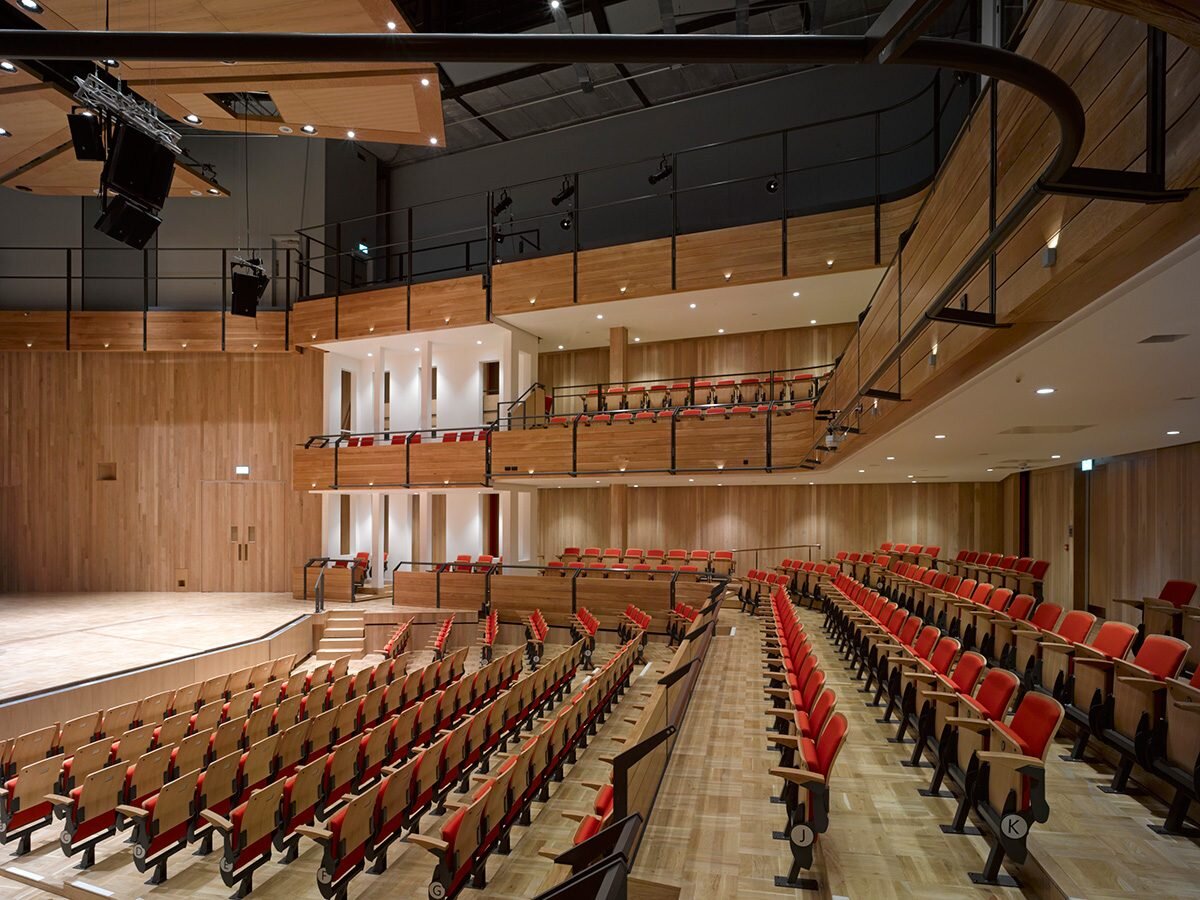
Daylight & Lighting
Lighting design specialists
Our visual experiences of the world have unfolded via daylight. This freely available and predictable light source also enhances our health and general wellbeing. Whilst artificial lighting has increased our ability to function outside of daylight hours, and inside buildings, it has a cost in terms of our resource use. Therefore our lighting specialists ensure that every design treats the embodiment of high quality daylight and sustainable, low energy artificial light as being of utmost importance.
Sustainable lighting solutions
As modern artificial lighting using LED technology becomes increasingly efficient, there is a tendency to worry less about leaving it switched on. However, a space with good daylight levels means the ‘lights are off’, which as well as using zero energy, also offers very long product life. This is our approach to sustainable lighting.
Daylight strategy
Chapters have been written about the effects and health benefits of daylight and many codes of practice and standards set targets. We surpass all these in our design and our desire to achieve better quality environments. At the same time, if the daylight strategy is correct then there is less demand for electric lighting which equates to a truly sustainable design.
When should I consult a lighting specialist?
It is important to simulate and analyse daylighting at the earliest stages of architectural design to ensure that daylight penetration to all parts of the space is achieved. In addition to calculating daylight availability based on weather data, we also simulate shading devices and other systems for improving the distribution of daylight within spaces. Whilst encouraging as much daylight within a space is a key target, too much daylight can lead to the blinds down and lights on issue. Daylight re-distribution throughout a space can be enhanced by correctly designed light shelves. To avoid overlighting and the risk of glare, brise soleil and natural shading techniques are usually deployed managing the daylight and overheating from direct sunlight.
Analysis is performed iteratively over a complete year using empirical data in local weather files to achieve higher levels of accuracy. We use this information to inform dimming profiles for artificial lighting design and energy reduction.
Lighting design requires very close coordination with the occupants and the architectural language of the space. Light should be applied to enable the intended tasks, whether it is functional, entertainment, etc., whilst keeping in mind that quality is as important as quantity to convey the right message.
Featured project
CPW are proud to have developed ‘The Gate’. This flagship Grade ‘A’ modern office, equipped with the latest technologies for agile working to be effective and efficient.
The project also contains laboratories and research facilities as well as breakout terraces.
The building is future-proofed including electric vehicle provision, gigabit fibre broadband connectivity across the estate including outdoors. Other innovative features are smart glass in presentation rooms, IP integrated lighting systems and generous daylight provision.














